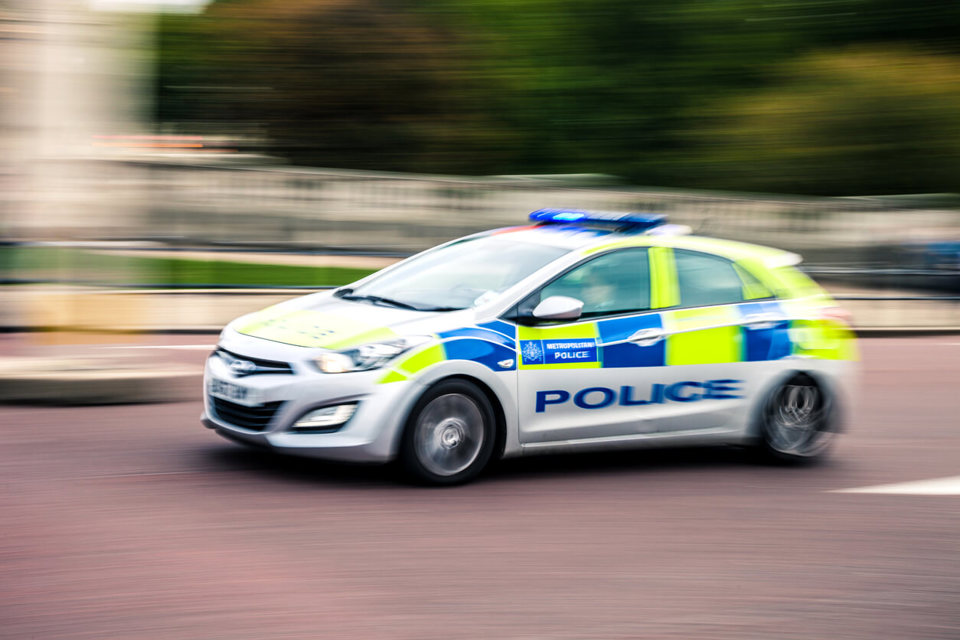A police force expects to save more than £500,000 a year after it finishes fitting telematics to its vehicle fleet.
So far, Northamptonshire Police has installed the technology in 270 vehicles, with a further 100 vehicles awaiting fitment out of a total fleet of 420 units.
Just 15 weeks after it started installing the devices, the force said it had already seen fuel consumption fall by 2,000 gallons per week – a weekly saving of almost £13,000.
Graham Crow, head of transport and travel at Northamptonshire Police, said: “We are seeing a huge reduction in
fuel usage.
“Once we get the whole of the fleet rolled out with this programme, then we will understand more accurately what the fuel saving will be, but it’s very good at this early stage.”
The device, developed with APD Communications, records how the vehicle is being driven and displays a red, amber or green light on the police car’s dashboard.
If the vehicle corners too fast or is driven too quickly, then an amber or red light will be displayed, depending on the severity of the manoeuvre.
However, the warning signals are automatically switched off on 999 ‘blue light’ calls.
In-house business analysts disseminate the collected data, which is then passed on to supervisors and superintendents so that they can understand what their drivers are doing and take action if necessary.
The technology, which could be rolled out across the country, cost Northamptonshire Police £350,000 to develop.
A quick return on investment is important for the constabulary as it faces a £20 million cut in funding over five years following the 2010 Comprehensive Spending Review.
However, Northamptonshire police and crime commissioner Adam Simmonds emphasised that the technology would also help to improve frontline services.
“This is going to save us money, but it’s also going to be able to deploy police officers in a completely different way,” he said.
The force’s control room will be able to pinpoint where officers are located across the county in real-time and direct them to where they are most needed.
In 2010, the force began a far-reaching review of the fleet. “Part of that review was to look at telematics,” said Crow.
The review was completed in 2011 and a business case for installing telematics was produced in May 2012, which was approved by the then police authority.
After an intensive evaluation process, APD Communications’ Artemis telematics was chosen over 12 rival bids.
Crow explained: “We selected Artemis for its comprehensive feature-set, overall affordability and its compatibility with back-end systems.
“Their long-standing experience in police and emergency vehicle communications really shone through.”
APD specifically developed the telematics system for the UK’s police forces, in close cooperation with the ACPO ITS Working Group and the One Box Consortium.
To ensure employee support, Crow said, the Police Federation and Unison were involved in the process at a very early stage and updates on the project were regularly posted on the force’s intranet.
That regular communication with drivers will continue. Crow explained: “We need to keep it fully in focus so that it keeps achieving savings in the future.”
Those savings are also expected to be found in a reduction in collision damage and tyre wear. Another advantage is vehicle logbooks will not be required as all information will be held electronically.
Crow concluded: “It’s definitely been a challenging project, but it’s exciting. We are already seeing and delivering business benefits and we are confident there will be far more as we refine the system.”





















Bob - 09/10/2013 12:06
Whilst I apprecaite the very nature of saving the tax payer money through a reduction in fuel useage, the contract that has been awarded and is no doubt very generous is to an organisation that has its registered office in the Seychelles. Dare I start a conversation topic to establish if indeed this organisation pays any UK Corporation taxation?